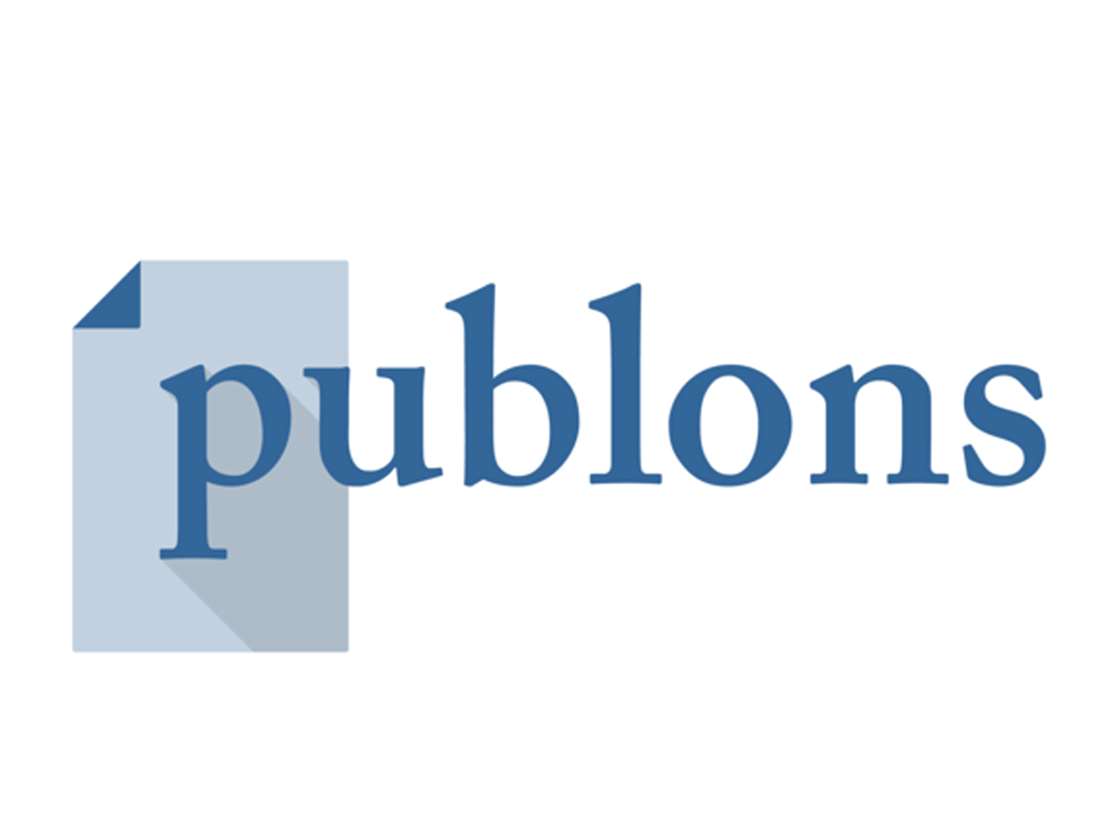Pengujian Kualitas Website Ditinjau dari Perspektif Accessibility, Experience, Marketing dan Technology
DOI:
https://doi.org/10.21512/comtech.v5i1.2578Keywords:
evaluation, website quality, technology, accessibility and experienceAbstract
The purpose of this study was to determine the quality of the websites managed by individuals, companies and governments. The test results would be useful for managers to pay more attention to the quality of the website optimally through several perspectives: accessibility, experience, marketing and technology. The research used samples from 350 websites and the data were divided into seven categories, namely: website managed by SMEs (small and medium), website of universities, website of governments, e-commerce, news websites, website of industrial companies, and website of non-profit organization. We used Nibler as the testing tool to facilitate the assessment process. Data were analyzed using WEKA presented in the form of a decision tree. The results showed that the tested websites had an average value of 4.66 or worse (scale 1-10). The conclusion is that the manager of the website should perform repairs on the data and applications, in particular in the perspective of technology, accessibility and experience.Plum Analytics
References
Butler, Darrell L., Sellbom, M. (2002). Barriers to adopting technology for teaching and learning. Educause Quarterly, 2.
Cryan, Michele (2012) Understanding web accessibility from the user's perspective. Social Advocacy and Systems Change Journal, 3 (1).
Dahlan, Nariman (2010) Correspondence Analysis of Indonesian e-government websites. Ritsumeikan journal of Asia Pacific Studies, 28.
Doherty, M. (1994) Probability versus non-probability sampling in sample surveys. The New Zealand Statistics Review, March Issue, 21-28.
Gea, Diyurman (2011) Analisis pengujian optimalisasi kinerja website. Seminar Nasional Aplikasi Teknologi Informasi 2011, Yogyakarta.
Kelleher, C. and Peppard, Joe. (2010) The Web Experience: Trends in e-Service,. Diakses April 9, 2013 dari website Cranfield School of Management: http://www.som.cranfield.ac.uk/som/dinamic-content/media/ISRC/The%20web%20experience%20-%20trends%20in%20eservice.pdf.
Microsoft. (2007). Performance Testing Guidance for Web Applications. Microsoft Press.
NTDA. (2012) Overview of Internet Marketing. Failte, Ireland: National Tourism Development Authority.
Panda, Siba P. (2012) Web technology: its role and importance in library and information science. VSRD Technical and Non-Technical Journal, 3(4).
Rajput, A., Aharwal, Ramesh P., Dubey, M., Saxena, S.P., Raghuvanshi, M. (2011) J48 and JRIP rules for e-governance data. International Journal of Computer Science and Security (IJCSS), 5 (2).
Rao, Madanmohan. (2012). Crossroads of innovation. Mobile Southeast Asia Report 2012.
Stanhope, Joseph. (2010). How Web Analytics Will Emerge as a Cornerstone of Customer Intelligence: Using Site-Based Intelligence to Drive Multichannel Marketing Improvements. Cambridge: Forrester Research.
Tamarkin, Molly (2010) The Most Important Evolving Technology. Educause Review November/December 2010
Tempo. (2012). Server Ngadat Lagi, Uji Kompetensi Guru Gagal. Diakses dari website Tempo: http://www.tempo.co/read/news/2012/07/30/079420220/Koneksi-Buruk-Guru-Gagal-Ikut-Uji-Kompetensi.
WEForum. (2012). The Global Competitiveness Index 2012-2013 data platform. Diakses April 9, 2013 dari http://reports.weforum.org/global-competitiveness-report-2012-2013/.
Downloads
Published
How to Cite
Issue
Section
License
Authors who publish with this journal agree to the following terms:
a. Authors retain copyright and grant the journal right of first publication with the work simultaneously licensed under a Creative Commons Attribution License - Share Alike that allows others to share the work with an acknowledgment of the work's authorship and initial publication in this journal.
b. Authors are able to enter into separate, additional contractual arrangements for the non-exclusive distribution of the journal's published version of the work (e.g., post it to an institutional repository or publish it in a book), with an acknowledgment of its initial publication in this journal.
c. Authors are permitted and encouraged to post their work online (e.g., in institutional repositories or on their website) prior to and during the submission process, as it can lead to productive exchanges, as well as earlier and greater citation of published work.
 USER RIGHTS
 All articles published Open Access will be immediately and permanently free for everyone to read and download. We are continuously working with our author communities to select the best choice of license options, currently being defined for this journal as follows:


























